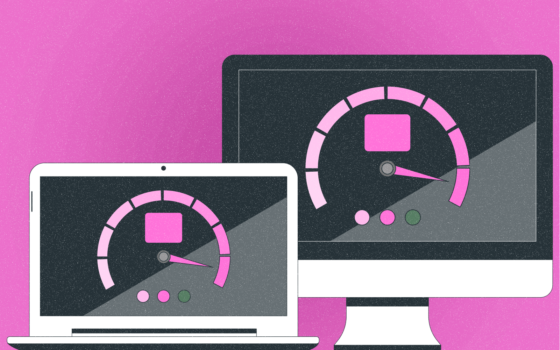Burnout Syndrome: Causes, Symptoms, Stages, Prevention Strategies, and How to Recover Effectively
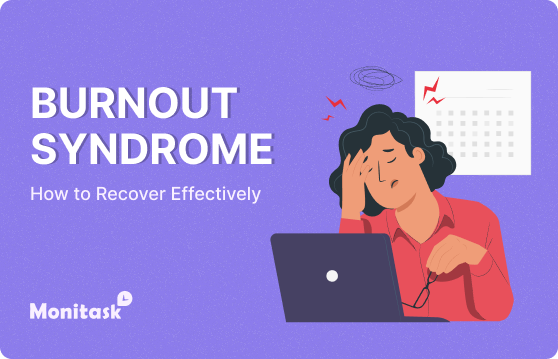
Burnout syndrome is a state of chronic physical and emotional exhaustion caused by prolonged stress, particularly in work-related environments.
It is often characterized by feelings of detachment, inefficiency, and mental fatigue.
If left unaddressed, burnout can lead to serious health complications and significantly impact one’s overall well-being.
Defining Burnout Syndrome: What It Is and Why It Matters
Burnout syndrome is not simply a result of feeling overworked—it is a complex psychological response to ongoing stress and unmanageable expectations. The condition can affect employees, caregivers, students, and even entrepreneurs. Recognizing burnout as a legitimate health issue is essential for promoting a healthier and more sustainable work-life balance.
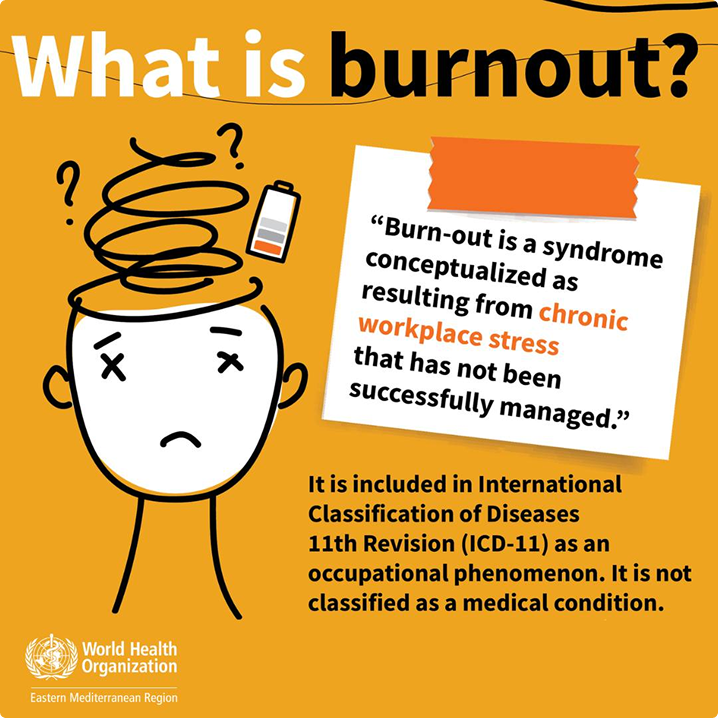
Common Causes of Burnout Syndrome
Burnout does not happen overnight. It develops gradually due to various factors, including:
- Excessive workload – Constantly facing unrealistic deadlines and high demands can drain energy.
- Lack of control – Employees who feel powerless over their work schedule or tasks are more likely to experience burnout.
- Work-life imbalance – Long hours and little personal time contribute to emotional exhaustion.
- Unclear job expectations – Uncertainty about responsibilities can create stress and anxiety.
- Lack of support – Feeling isolated or unappreciated at work or home can amplify burnout symptoms.
Key Symptoms and Warning Signs of Burnout
Burnout symptoms vary from person to person, but common warning signs include:
- Persistent fatigue and lack of energy, even after rest.
- Increased irritability, frustration, or cynicism about work.
- Difficulty concentrating and decreased productivity.
- Physical symptoms such as headaches, digestive issues, or insomnia.
- Loss of motivation and a sense of detachment from work or responsibilities.
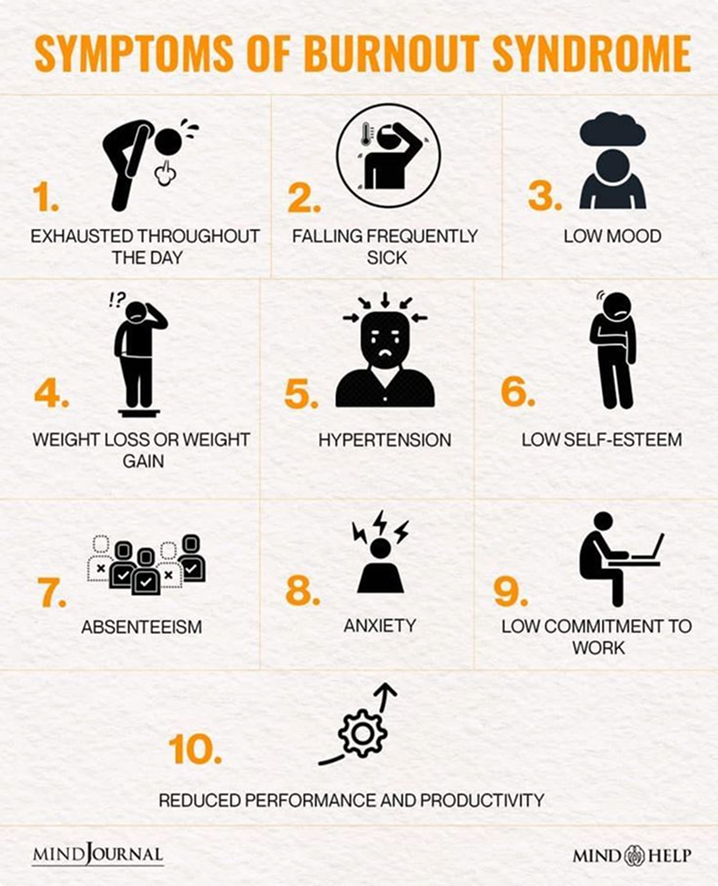
Potential Complications and Risks of Burnout Syndrome
If left untreated, burnout can lead to severe consequences, including:
- Mental health disorders – Anxiety, depression, and chronic stress may develop.
- Weakened immune system – Frequent illnesses and slow recovery times are common.
- Strained relationships – Emotional exhaustion can affect personal and professional relationships.
- Career stagnation – Burnout can hinder professional growth and performance.
Maximize productivity of your business
Track employee productivity and simplify work with them
The Different Stages of Burnout: A Breakdown
Burnout syndrome progresses through several stages, including:
Effective Strategies to Treat and Prevent Burnout
To manage and prevent burnout, individuals and organizations should consider:
- Prioritizing self-care – Regular exercise, healthy eating, and sufficient sleep.
- Setting boundaries – Limiting work hours and avoiding excessive commitments.
- Seeking social support – Talking to colleagues, friends, or professional counselors.
- Taking breaks – Short breaks throughout the day and regular vacations help reset the mind.
- Fostering a positive work environment – Employers should promote a supportive and balanced workplace culture.
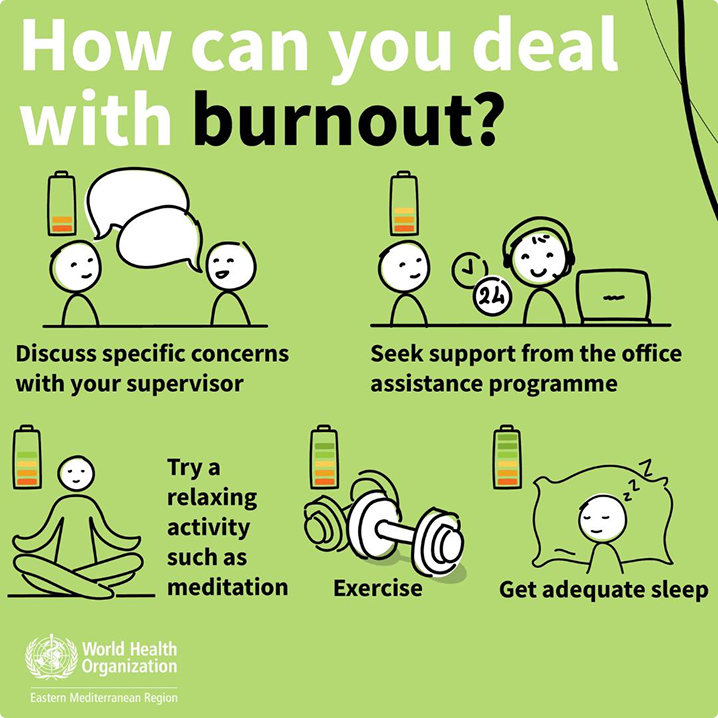
How Time Tracking with Monitask Can Help Prevent Burnout
Using a time-tracking tool like Monitask can be an effective way to manage workload and prevent burnout. Monitask helps by:
- Providing insights into work patterns – Tracking hours helps individuals assess their productivity and workload distribution.
- Encouraging breaks and better time management – Automated reminders ensure work-life balance is maintained.
- Enhancing transparency and accountability – Employees can showcase their efficiency while employers ensure fair workloads.
- Reducing overtime risks – Identifying excessive work hours can prompt adjustments before burnout occurs.
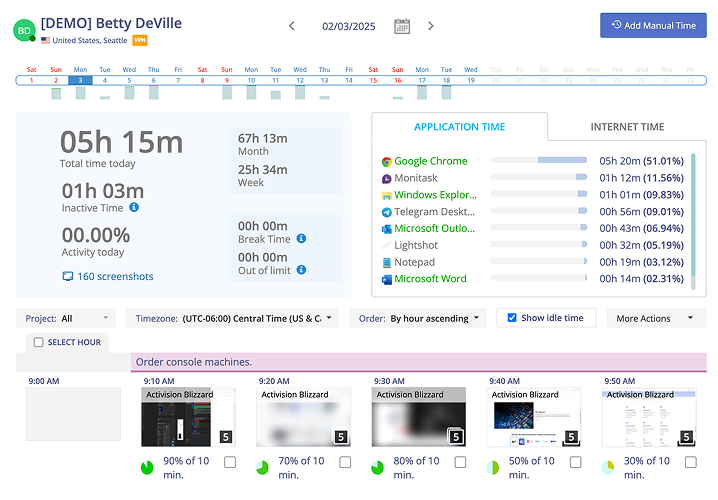
Final Thoughts on Managing Burnout
Burnout is a serious condition that requires attention and proactive strategies.
By recognizing the signs early and implementing effective prevention methods, individuals and organizations can create a healthier, more productive work environment.
Prioritizing well-being and work-life balance is key to long-term success.
– The Monitask Team
Frequently Asked Questions
What are the best ways to recover from burnout?
Recovering from burnout involves setting boundaries, practicing self-care, seeking support, taking breaks, and adjusting workload expectations to create a sustainable routine.
What are the five stages of burnout, and how do they progress?
Burnout progresses through five stages: Honeymoon Phase, Onset of Stress, Chronic Stress, Burnout Phase, and Habitual Burnout. Early intervention can help prevent full burnout.
How long does it typically take to overcome burnout?
Recovery time varies depending on the severity of burnout. Mild cases may take a few weeks, while severe burnout can take months. Prioritizing self-care and making lifestyle changes can speed up recovery.



